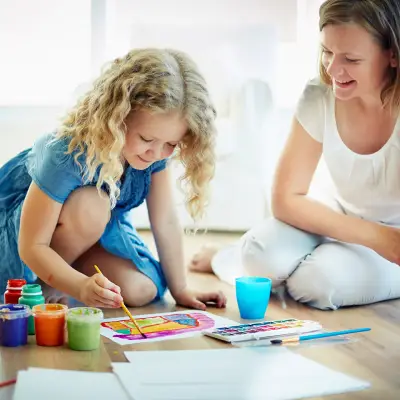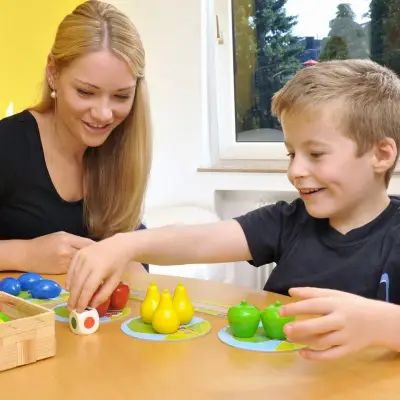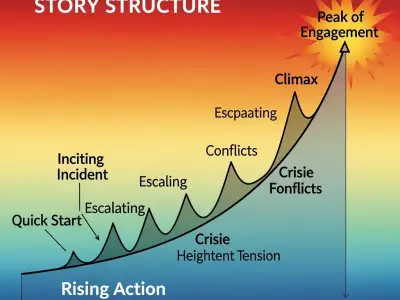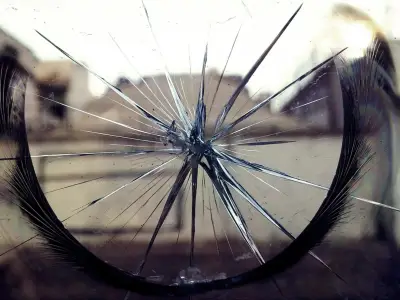Jump to:
What is Art Therapy?
Art therapy is a type of psychotherapy that harnesses the creative power of art. The aim of art therapy is to improve the mental, social and emotional well-being of a client, reducing distress and boosting self worth. Art can give individuals a unique means of expressing their thoughts, feelings, and experiences, even in cases where verbal communication is almost impossible. Creating works of art can also help individuals to better understand their emotions, and subsequently begin to work through unresolved issues.
The idea of art therapy began in the early 20th century, when psychiatrists and psychologists first noticed that individuals with mental illnesses sometimes expressed themselves best by drawing, or using a similarly artistic method of communication. From this, doctors realised that creating art carried lots of therapeutic benefits, and they began to explore using it as a healing strategy. However, it only became a distinct therapeutic field in the mid-20th century.
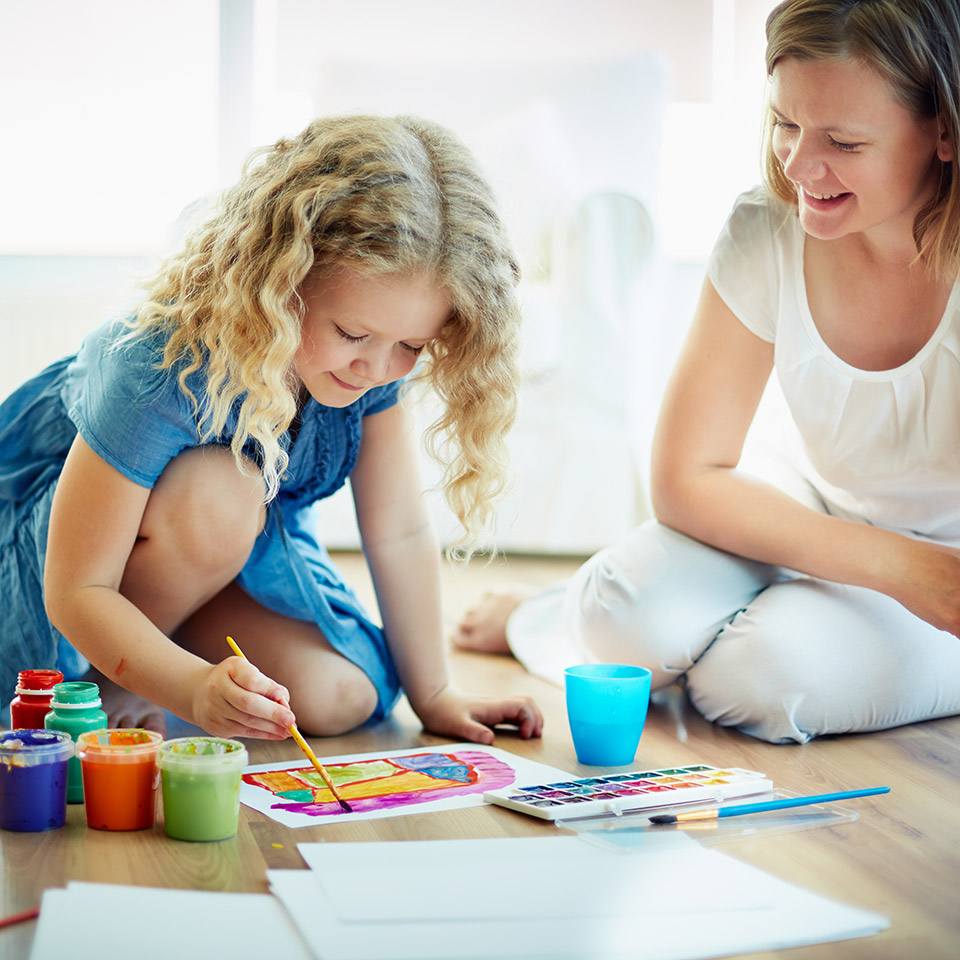
Art Therapy Versus Traditional Art Making
In traditional art-making, the main emphasis is placed upon creating a visually-appealing piece of art, or sometimes upon channelling artistic creativity through artwork. Art therapy is different. Instead, it emphasises the process of creation, and recognises the potential that art has for assisting healing and self-discovery. There is no expectation for an individual to create a masterpiece: instead, the key goals are to explore emotions, thoughts, and experiences. The artwork is no longer viewed as a product for public display, but becomes a tool to communicate with, reflect upon and explore someone's inner landscape.
Recommended for you!
Best SellersThe Role of a Trained Art Therapist
The role of an art therapist is to work with a client to establish a secure and nurturing space where the latter can freely express and delve into their emotions and feelings. They help clients to interpret their artwork, encouraging them to reflect on things like colours, symbols, and imagery (different materials and techniques are based on preferences and the goal of a particular art therapy session). By listening and questioning, art therapists help their clients to understand their inner experiences and emotional struggles.
The Healing Power of Art
Artistic expression has many therapeutic benefits, including:
Anxiety & Stress Reduction
Artistic expression has been shown to reduce levels of anxiety and stress. The act of creating art is a calming and mindful activity. It shifts someone’s focus away from whatever they are worrying about, promoting relaxation and a sense of inner peace.
Trauma Recovery
For trauma sufferers, art therapy can be an invaluable tool that encourages processing and healing. The safe space that it creates is the ideal environment for expressing and making sense of traumatic experiences, ultimately supporting someone’s journey towards recovery.
Depression Management
Self expression can help someone who is dealing with depression to reconnect with positive emotions. The process of art-making can also lead to a sense of achievement that boosts the creator’s mood and self-esteem.
Enhancing Self-Understanding
By analysing the artwork that they’ve created, individuals can more fully explore their inner thoughts, conflicts, and strengths, ultimately leading to greater self-awareness and growth.
Coping with Chronic Illness
Art therapy can be a valuable coping mechanism for patients suffering from chronic illnesses. It offers an alternative way to express the emotional challenges of illness, providing a sense of control and empowerment amid difficult circumstances.
Art Therapy Techniques
Art therapy encompasses various techniques. Some of the most common ones include:
Drawing & Sketching
Drawing and sketching allow individuals to express themselves using lines, shapes, and forms. Drawing can also help to externalise inner experiences, explore emotions, and visualise thoughts. Sometimes, art therapists may guide clients to draw specific images, although free-drawing exercises that focus upon self-expression are also used.
Painting
Painting provides a broader range of possibilities for expression, as the various paint mediums (such as watercolours, acrylics, or oils) and brushstrokes allow a lot of room for experimentation. Analysing the use of colour can actually be extremely enlightening, as different colours are often associated with specific feelings.
Collage Making
Collage making involves assembling various materials (such as magazine cut-outs, photographs, fabrics, and other objects), to create a cohesive artwork. This technique allows clients to express themselves using symbolic imagery and metaphorical compositions, and is especially effective for exploring complex emotions, memories, and personal narratives. The fact that making a collage involves piecing together disparate elements can also help a client to foster a sense of integration and “wholeness”.
Sculpting & Clay Work
Sculpting and working with clay allows individuals to have a more hands-on and kinesthetic experience. It can also suit certain clients better than traditional two-dimensional mediums. The malleability of clay also possesses an additional message, as it can help to illustrate the possibility of change and transformation to a client.
Creative Writing & Journaling
Although they’re not purely visual art forms, creative writing and journaling are powerful adjuncts to art therapy. Writing things down can help someone to more easily articulate their thoughts and feelings. For an individual that’s exploring art therapy, reflecting upon their artwork in written form can therefore be a way to enable an even deeper connection with their emotions. Keeping an art journal or a creative writing journal also encourages continuous exploration even outside of art therapy sessions.

Self Care and Art Therapy
Explore the following ways to integrate art therapy into your self-care routine:
Create a Personal Art Space
Designate a corner of your home (or a specific area) as a dedicated space for artistic expression. This encourages regular engagement, and is also highly practical, as it means you can get to all of your materials from one place!
Engage in Mindful Art-Making
Approach art-making as a form of mindfulness practice. Focus on the process rather than the end result, and be fully present in the creative moment. Try to let go of any feelings of judgement or self-criticism, and simply allow your creativity to flow freely.
Use Art as Emotional Release
Art provides a safe and non-verbal outlet for emotions. If you're feeling overwhelmed or stressed, art can be your best friend and help you to release pent-up tension and gain clarity. Use colours, lines, and shapes to visually represent your emotions.
Keep an Art Journal
Keep an art journal where you can explore your thoughts, feelings, and experiences through art and writing. Creative journaling can serve as a reflective tool, helping you gain insights into your inner world and track your emotional journey over time.
Engage in Art-Based Meditation
You can use art as a form of meditation by focusing on the repetitive and soothing motions it necessitates. For example, mandala drawing involves intricate patterns that can be very effective for promoting relaxation and centering.
Join Art Workshops or Classes
Participating in art activities with others can often be more enjoyable than solo practice. You can learn new techniques from each other, and also provide support for one another.
Experiment with Different Art Mediums
Discover what resonates with you by trying out a range of art materials and mediums. Adding variety to your self-care practice can help you to find new ways of expressing yourself.
Celebrate the Process, Not Perfection!
Remember that art therapy and self-care that uses art are not about creating perfect masterpieces! Allow yourself to play and experiment, and simply enjoy the process of making art without the pressure of achieving perfection.
Whether you’re a professional that’s seeking to embark on a fulfilling career, or are an individual that’s looking to enhance your own self-care practices, consider exploring our accredited Art Therapy Diploma course, available now for just £29 (save £98!). It’s ideal for complete beginners to the field of art therapy, but will also give you all the information you need when you’re considering how far to take this wonderful discipline. Embrace the therapeutic potential of art, and let it guide you towards an empowered and balanced life!
